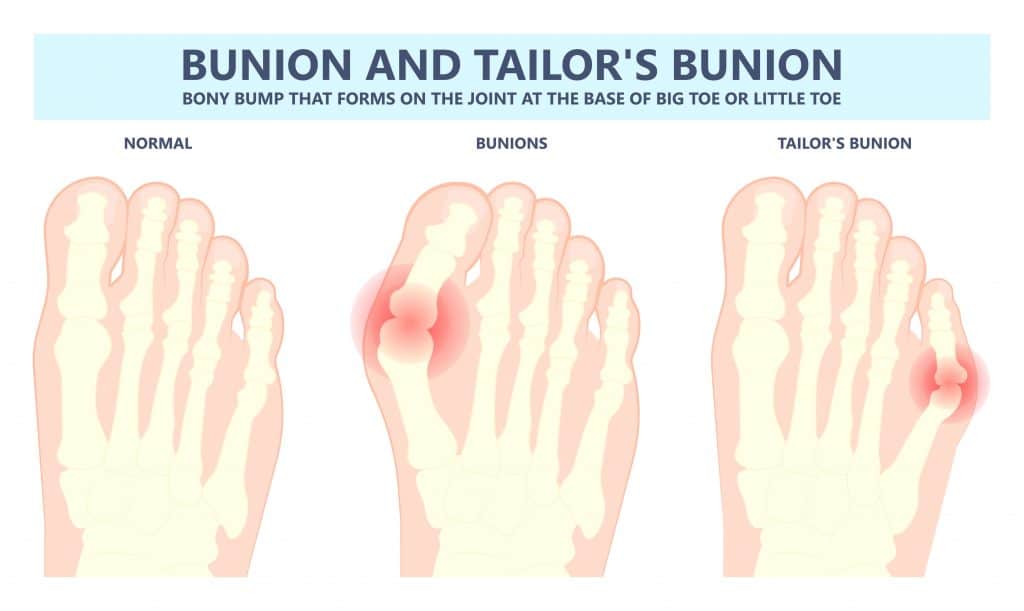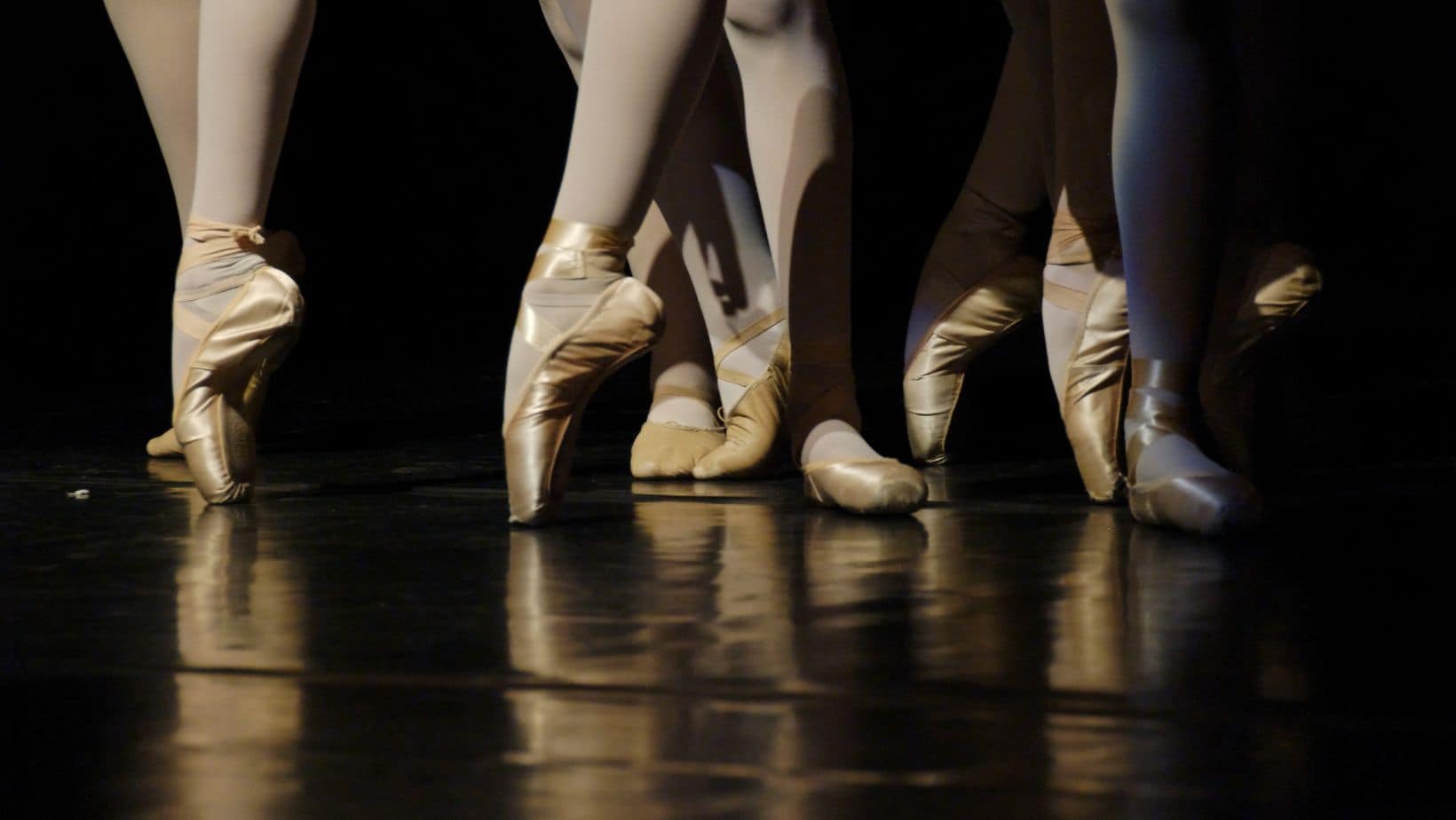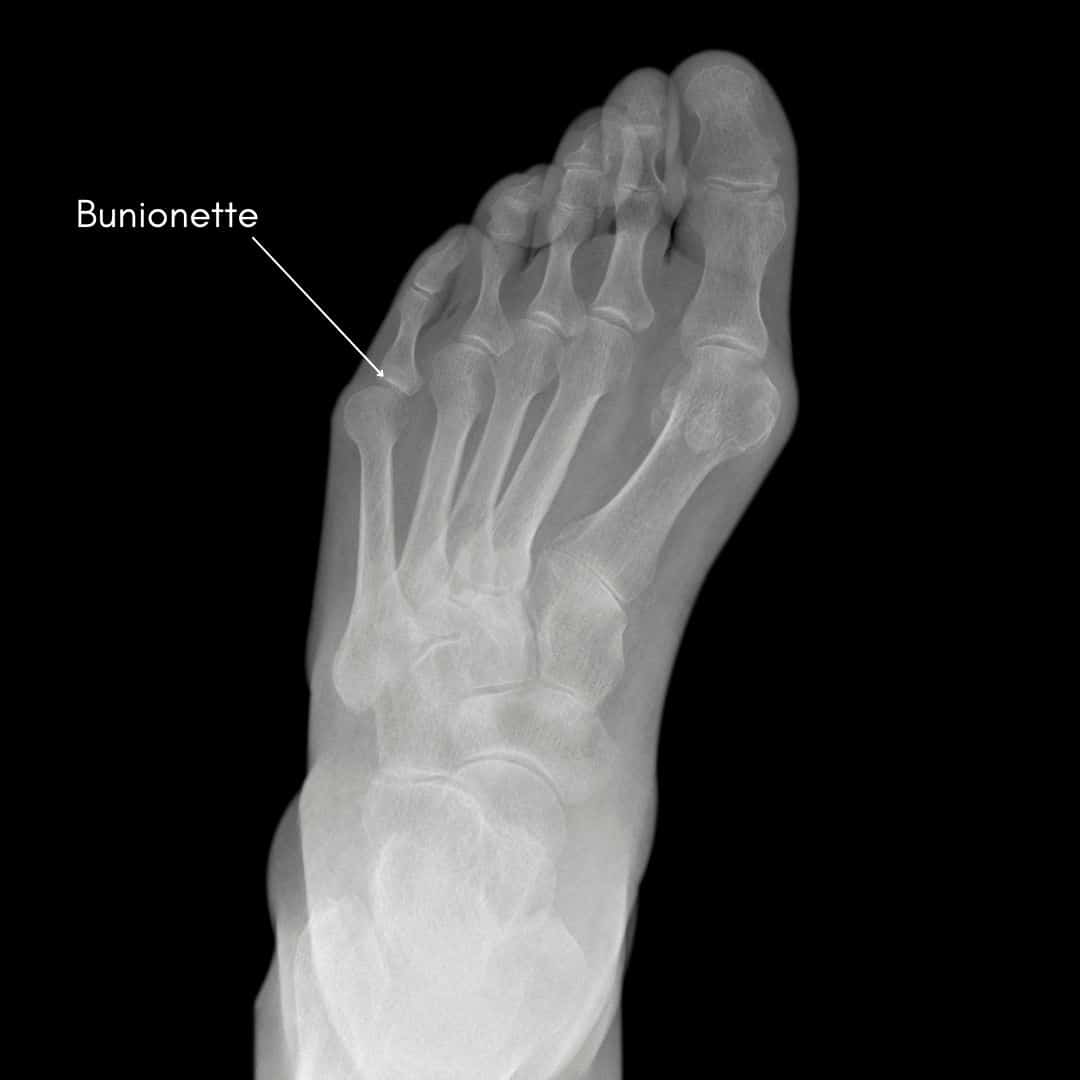Read More >
- Anterior Ankle Impingement - July 24, 2022
- Tarsal Coalition - October 12, 2022
- Sural Nerve Pain - October 3, 2022
Anatomy
A Tailor’s Bunion is located on the outside of the foot and affects the 5th metatarsal (little toe). The correct medical term for this condition is a Bunionette. Tailor’s Bunion can be genetic or develop over time, resulting in a deviation of the little toe inwards. It can result in pain and tenderness in the joint and affect a person’s quality of life.

Tailor’s Bunion Symptoms
The symptoms of Tailor’s Bunion include a burning sensation on the outside of the little toe with occasional numbness in some cases. In the early stages of the condition, there may be a noticeable change in the toe’s position with no pain, but as the condition progresses, the joint can become inflamed and itchy. In severe symptoms, it can hurt to walk with callus formation on the outer side and underneath the toe.
Tight-fitting shoes, high heels, and impact activity can aggravate the symptoms of a Tailor’s Bunion.

Tailor’s Bunion Causes
Wearing high heels regularly or tight-fitting shoes, especially in the toe box, can cause a Tailor’s Bunion. A flat foot can contribute to the development of a Tailor’s Bunion. In contrast, a Tailor’s Bunion developed its name from tailors sitting with their legs crossed, placing excess pressure on the 5th metatarsal.
Other causes of a Tailor’s Bunion include Ehlers-Danlos syndrome, dancing, ballet, a fracture, sprained toe and running.
Tailor’s Bunion Diagnosis
A Podiatrist or a Physical Therapist can diagnose a Tailor’s Bunion after a physical examination. If they want further information to clarify their diagnosis, they may refer you for an x-ray. This is a cheap and effective imaging method for a Tailor’s Bunion.
If there is suspected soft tissue involvement or to rule out other conditions, you may be referred for an ultrasound or an MRI.

Home Treatment for a Tailor’s Bunion
- We recommend taking the following steps if you suspect that you have the symptoms of a Tailor’s Bunion.
- Apply ice to the area for 10-15 minutes, 3-4 times daily
- Take anti-inflammatories such as ibuprofen
- Reduce the time you spend on your feet
- Use a Tailor’s Bunion corrector, gel pad or gel sleeve
Treatment for a Tailor’s Bunion
Physical Therapist is the most effective form of treatment for a Tailor’s Bunion. In the acute stages, you will likely be recommended our home treatment strategy while your Therapist may apply rigid taping or KT Tape for pain relief.
Once your symptoms are under control, a biomechanical assessment will be carried out to identify any traits in your gait that may be causing your symptoms. Poor movement patterns or weakness can be corrected with Physical Therapy exercises, while insoles or custom orthotics may be recommended for those who need further foot support.
A discussion with your Therapist about appropriate footwear for your feet is beneficial alongside foot width measurements to ensure you have adequate space in your shoes.

If you follow these steps and your symptoms fail to improve, a corticosteroid injection may be required to reduce the inflammation within the toe joint. An injection should be carried out under ultrasound guidance by a Musculoskeletal Physician.
In rare instances, surgery may be required to rectify the condition. An osteotomy is the most common type of treatment. This is typically followed by a short period in a surgical shoe before recommencing 4-6 weeks of Physical Therapy.
How to get rid of a Tailor’s Bunion without surgery?
Conservative treatment under the guidance of a Physical Therapist is the most effective form of treatment for a Tailor’s bunion. In the acute stages of the injury, it is recommended to apply ice, rest and take anti-inflammatories.
Physical Therapy can address biomechanical abnormalities alongside footwear and insoles recommendations to take the pressure of your Tailor’s Bunion. Tailor’s Bunion correctors can provide effective pain relief alongside gel padding.
Physiotherapy with James McCormack
This article is written by James McCormack, a Lower Limb Specialist who is an expert in treating Tailor’s Bunions.
This is not medical advice. We recommend a consultation with a medical professional such as James McCormack if you are experiencing any of the symptoms discussed in this article. James offers Online Physiotherapy Appointments weekly and face-to-face appointments in his London clinic.
